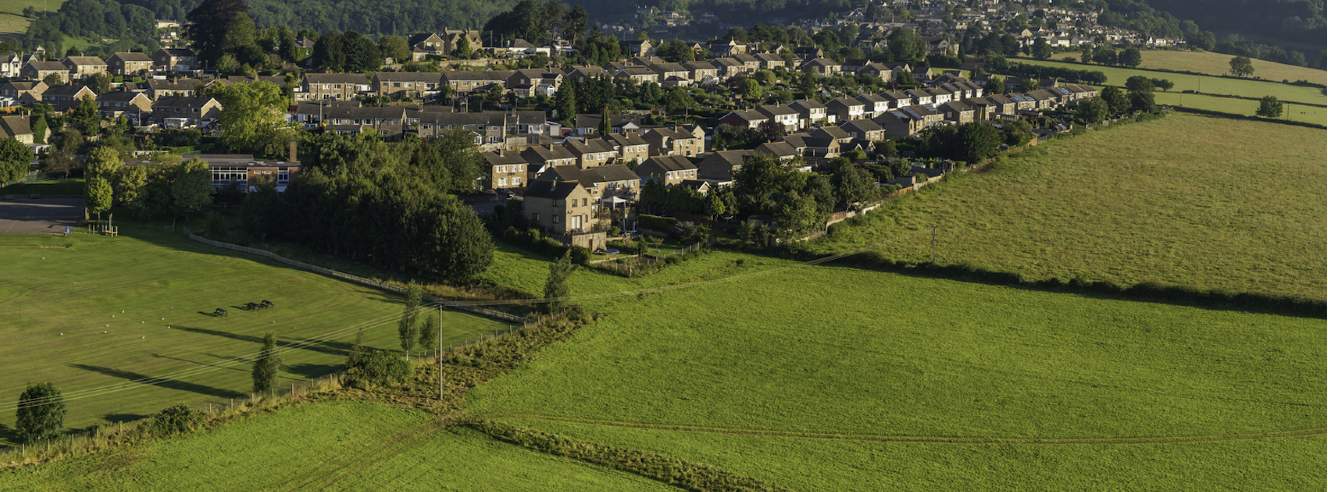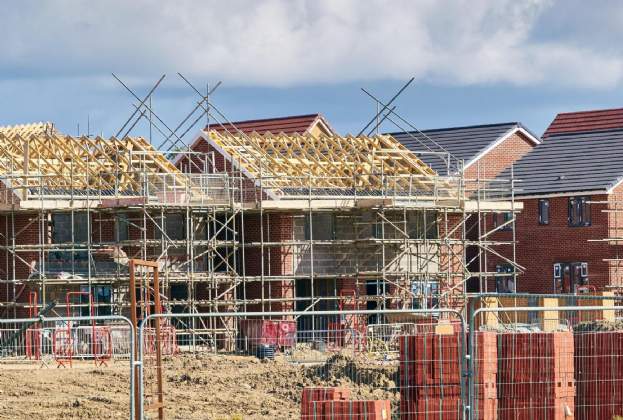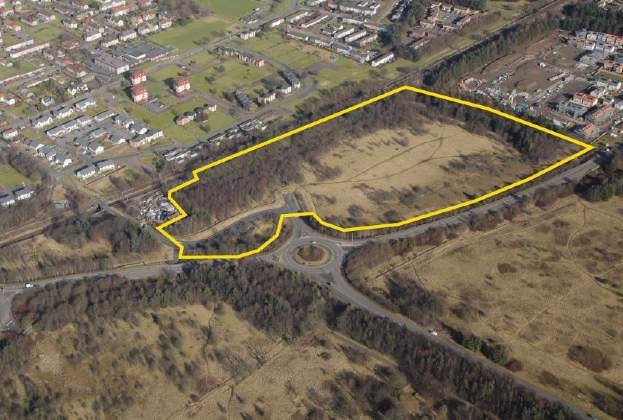Neighbours who have land with development potential often work together towards the shared goal of securing planning permission across the combined area. Equalisation and pooling are two ways of protecting the interests of those engaged in such land assembly (see In plain English: Land Assembly).
Collaboration agreements are an essential tool, setting out the rules of engagement between the parties. It is crucial that landowners sign up early to avoid discord later on, acknowledging that they are all critical to the scheme and must therefore receive a fair share of the eventual sale proceeds.
The legal agreement will protect, for example, a party who owns land that is best placed to accommodate essential but lower value facilities such as a school or play areas, recognising that this enables another party’s land to accommodate a greater proportion of higher value development such as housing.
There are different approaches to collaboration and sharing out the sale proceeds. In an equalisation approach, the payment each landowner receives takes into account existing use value, as well as dividing the net sale proceeds by the area of land they each contributed to the scheme. This approach allows each landowner to retain their ownership until the point of sale.
A land pooling trust involves the landowners transferring their land into a trust. This way the entire site is owned by the trust and all the landowners have shares in the trust in proportion to their original ownership.
There are tax implications in each approach and specialist advice is essential.
Further information

.jpg)

.jpg)

.jpg)
.jpg)
-rs.jpg)


